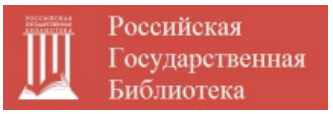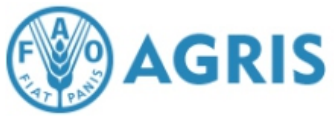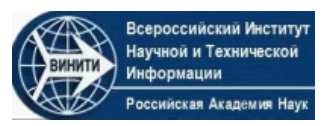Traditional institutions of regulation of land and some property relations among the balkarian population of the Nalchik district in the last third of the XIX – early XX century: a historiographical review
A.Z. Baichekueva
Upload the full text
Abstract. The article offers a historiographical overview of the functioning of “begenda” and “ortak” as traditional institutions for regulating land and some property relations among the Balkarian population of the Nalchik district in the last third of the XIX – early XX century. The works of G.A. Vertepov, N.P. Tulchinsky, M.K. Abaev, N.M. Reinke, E.N. Studenetskaya, T.H. Kumykov, T.A. Zhekomikhov, M.Ch. Kuchmezova, G.K. Azamatov, E.G. Muratova and some generalizing works on the history and ethnography of the peoples of the Caucasus were considered. It has been established that researchers, when defining the definition of “begend”, identified such general characteristics as: a peculiar form of land relations, extracting profit from the use of a land plot as a security measure for debt obligations (collateral), rent in return for partial or full repayment of interest, retention of ownership by the owner of the mortgaged property, conclusion of an agreement for an indefinite period (before repayment of the debt). For “ortak” it is a form of exploitation of representatives of some social groups by others, identification with the Russian community, receiving part of the profit or offspring for using someone else’s land or cattle, etc.
Keywords: historiography, Nalchik district, Balkars, customary law, socionormative culture, property relations, land relations, property, ortak, begenda
For citation. Baichekueva A.Z. Traditional institutions of regulation of land and some property relations among the balkarian population of the Nalchik district in the last third of the XIX – early XX century: a historiographical review. News of the Kabardino-Balkarian Scientific Center of RAS. 2024. Vol. 26. No. 3. Pp. 135–141. DOI: 10.35330/ 1991-6639-2024-26-3-135-141










